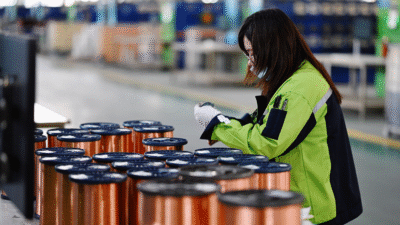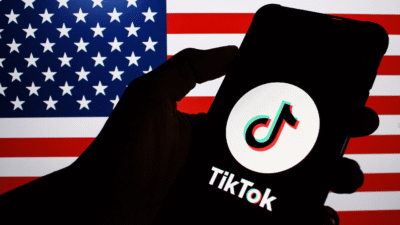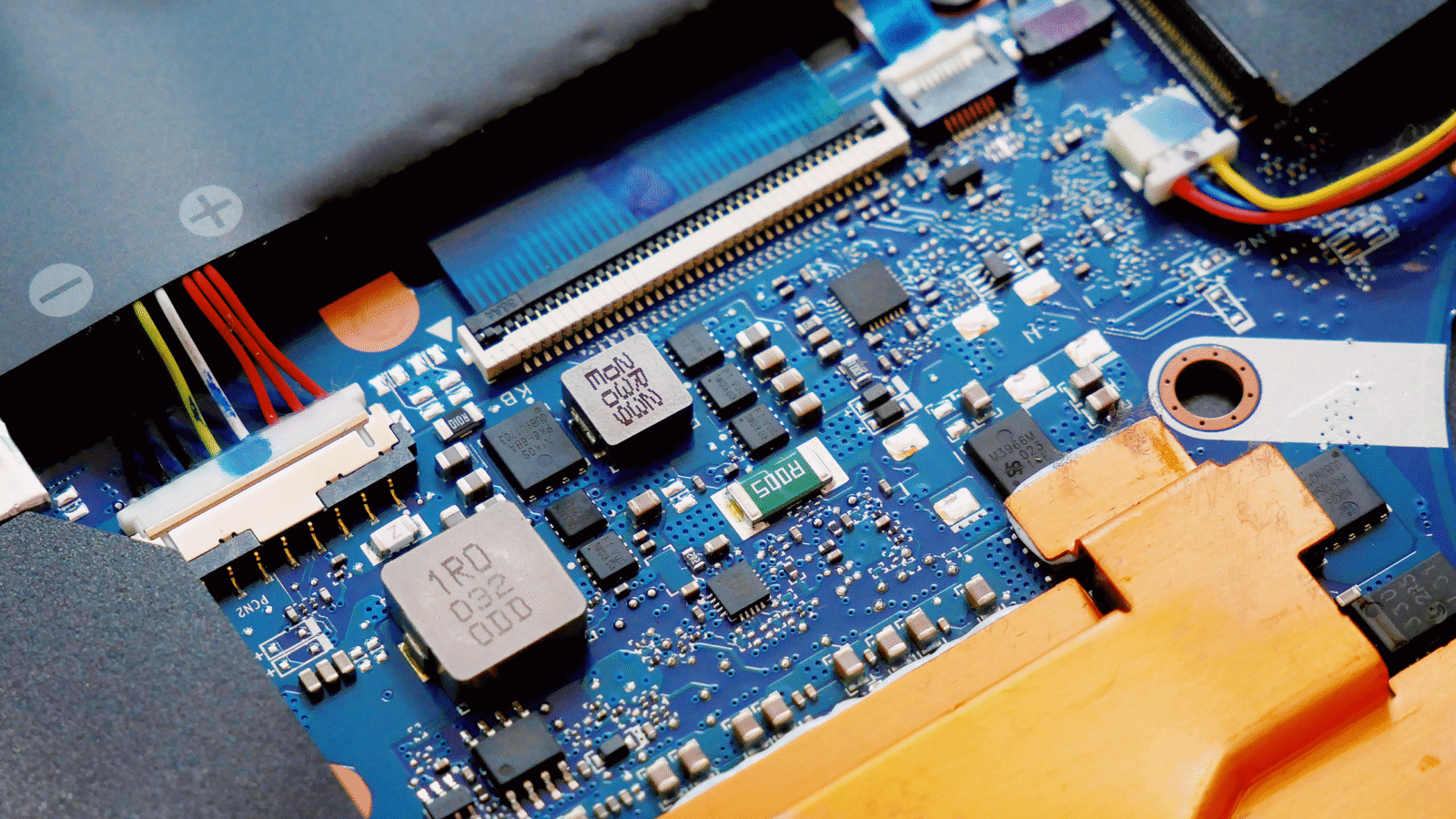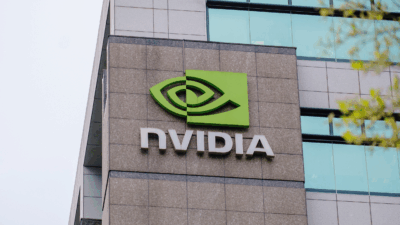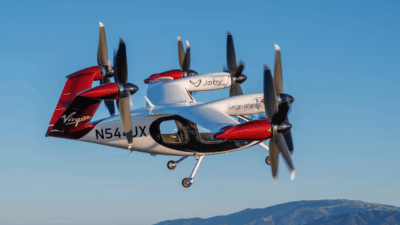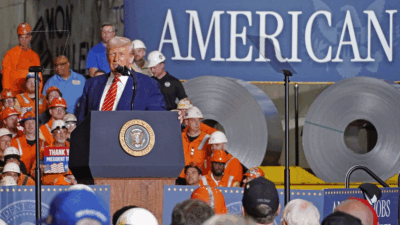US NatSec Officials Say China-Manufactured Giant Cranes Pose Security Risk
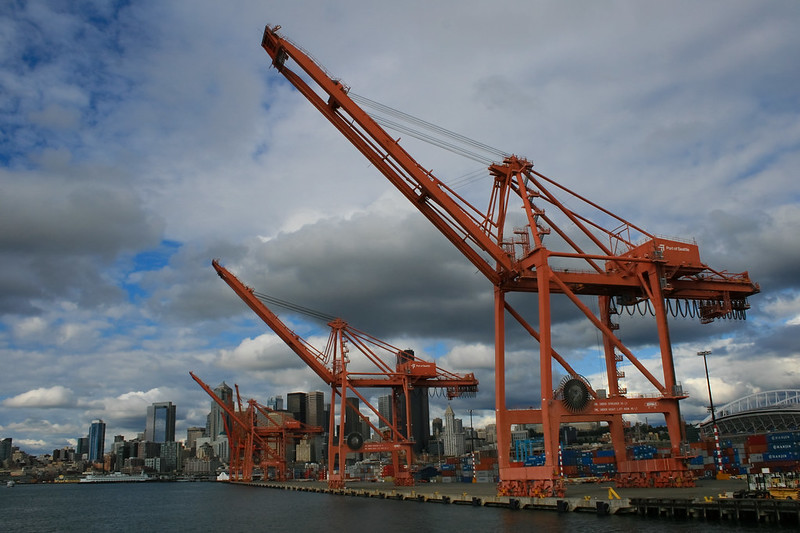
Sign up for smart news, insights, and analysis on the biggest financial stories of the day.
First came TikTok. Then came giant weather balloons. Now, the Pentagon has identified another potential Chinese surveillance tool: giant cranes.
As in, the giant ship-to-shore cargo cranes produced by China-based manufacturer ZPMC and employed by many American ports — including some used by the US military-industrial complex. (There is so far no evidence that your “Made in China” electric toothbrush is being used to spy on your dental hygiene.)
The Crane of Our Existence
In fairness, the Pentagon has long warned against possible security risks associated with certain foreign-made products or equipment, such as electrical substation equipment or airport baggage-screening devices. Last year, the US notably instituted a ban on equipment from Chinese telecom companies Huawei and ZTE, citing concerns that it could be used to spy on American customers.
The consternation about cargo cranes comes as China’s influence over the global shipping industry rises, along with its ability to theoretically exploit that dominance for geopolitical gain. The nation has made strategic investments in trade ports the world over, with over 27% of global container trade in 2021 passing through ports at least partially owned by top China and/or Hong Kong firms, according to maritime research firm Drewry. China also produces nearly the entire global supply of shipping containers and controls an important shipping data collection service called Logink, too.
So it was perhaps inevitable that ZPMC cranes have been identified as the next possible US/China troublemaker:
- ZPMC claims to own roughly 70% of the global crane market, with its equipment at work in over 100 countries. They account for nearly 80% of ship-to-shore cranes in US ports, a source told the Wall Street Journal.
- In 2021, a Defense Intelligence Agency assessment found that the cranes could conceivably be throttled or shut down remotely — potentially destabilizing supply chains — and could gather intelligence on equipment being shipped by the military.
National Security officials have not identified any malicious crane behavior, yet. And, crucially, no US intelligence agency is directly responsible for maritime security, meaning ports are left without a spy paddle for guidance and standards.
Tick-Tock, TikTok: Last week the House Intelligence Committee voted to advance legislation that would grant the President the power to end the TikTok dance altogether for its 100 million US users. A total ban is technologically complicated, but could be political gold with beleaguered teachers and parents.


